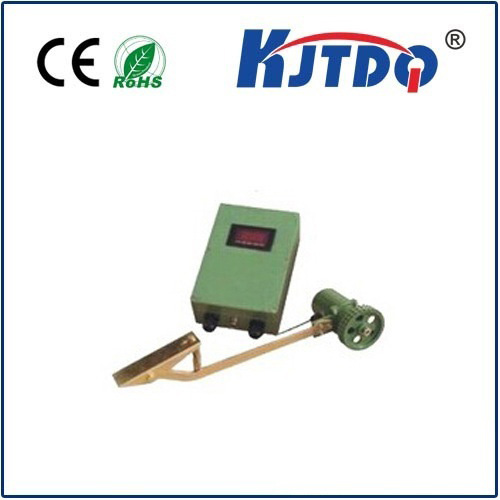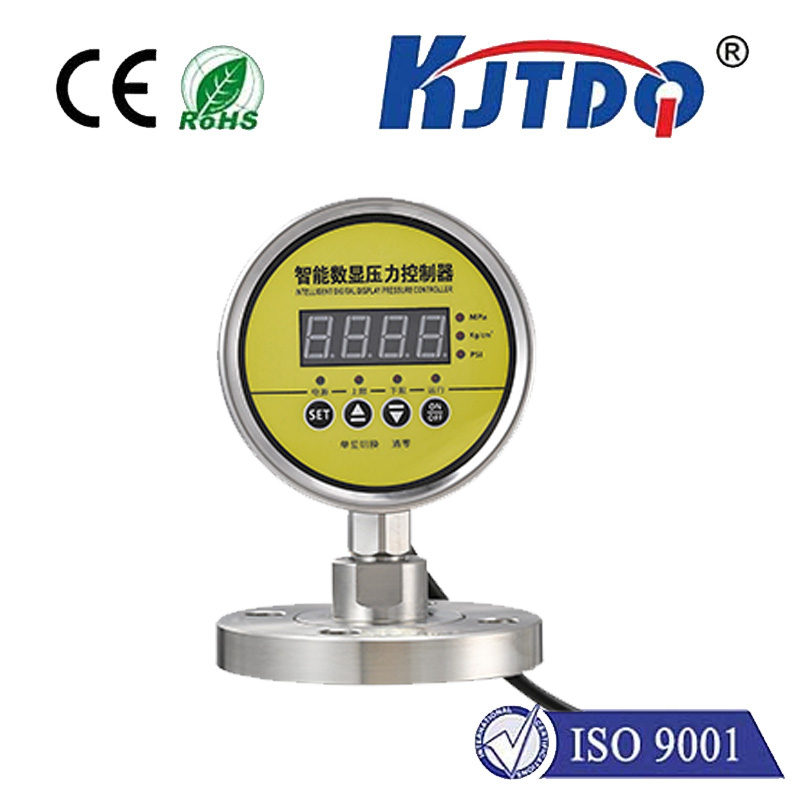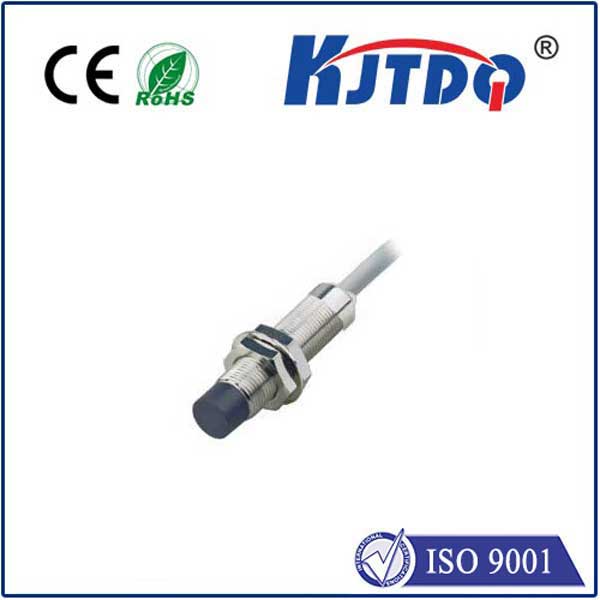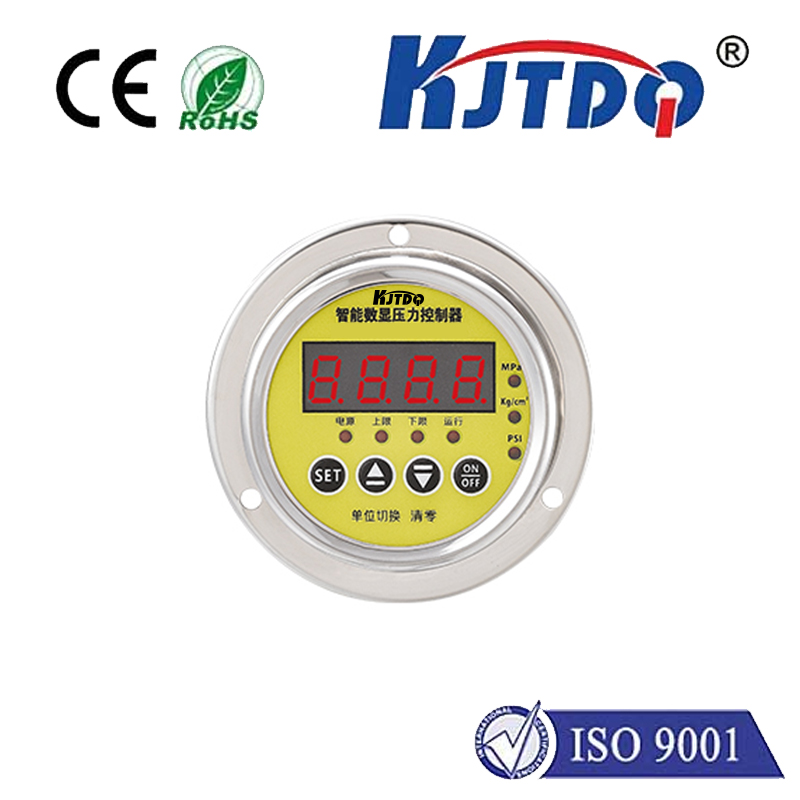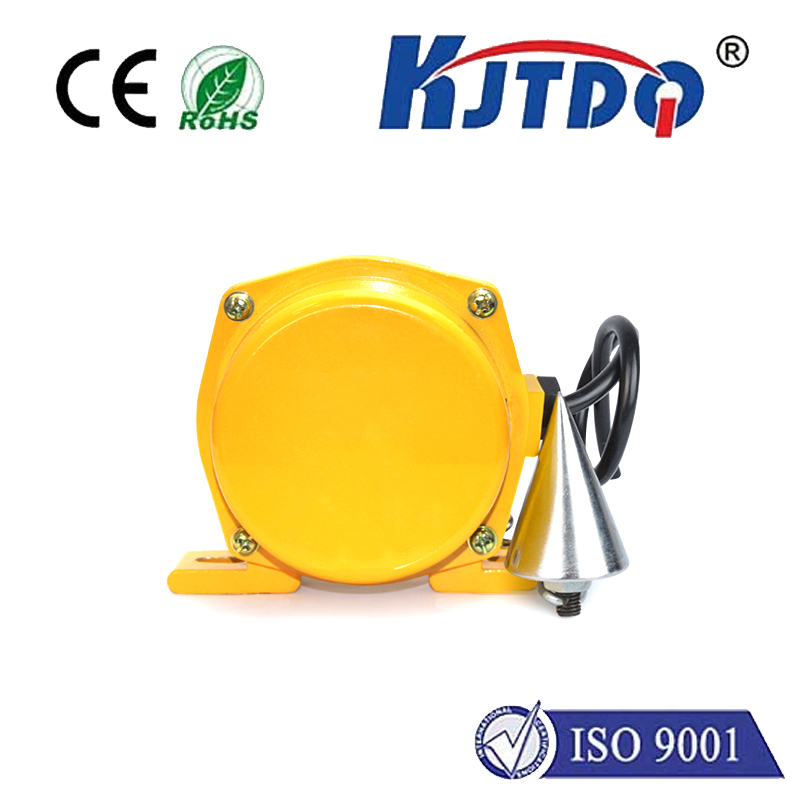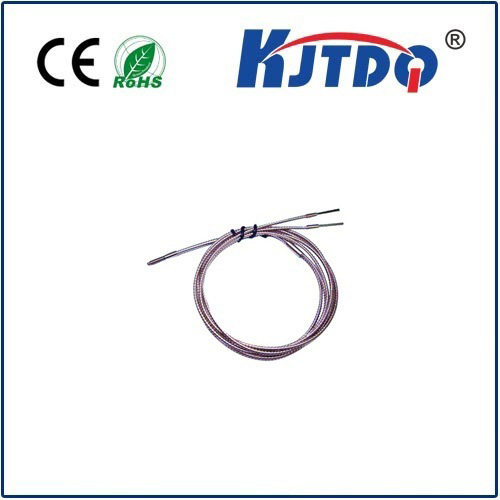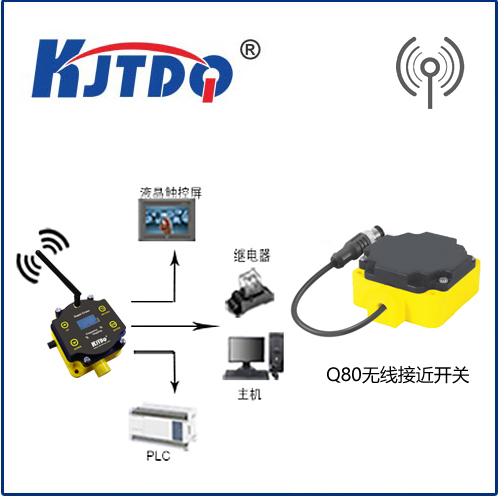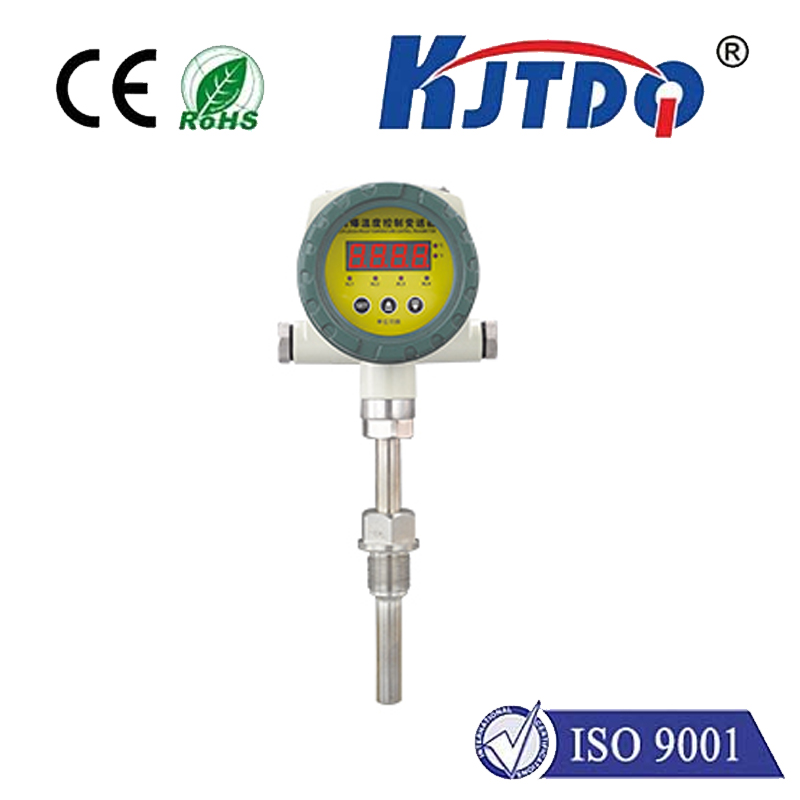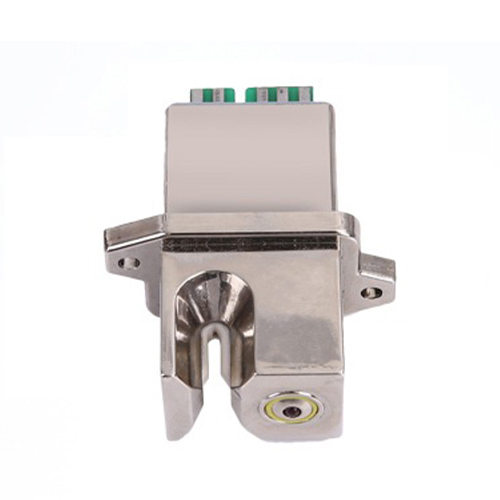proximity and light sensor
- time:2025-06-23 17:31:29
- Нажмите:0
Proximity and Light Sensors: The Silent Guardians of Smart Device Interaction
Imagine a world where your phone screen stays blindingly bright in a dark room, wasting battery and straining your eyes. Or picture constantly ending calls with your cheek because the screen won’t turn off during a conversation. These frustrating scenarios are precisely what proximity sensors and ambient light sensors, working individually and in tandem, prevent in our everyday tech. They are the unsung heroes of intuitive, efficient, and power-saving device interaction, acting as our gadgets’ subtle digital senses.
Understanding the Core Technologies
Let’s break down these fundamental components:
- Proximity Sensors: Detecting Nearby Objects
- Function: Primarily designed to detect the presence or absence of an object within a short range without physical contact.
- Common Mechanism: Most consumer electronics rely on infrared (IR) proximity sensors. They typically consist of:
- An infrared LED emitter: Shoots out an invisible beam of infrared light.
- An infrared photodiode receiver: Detects the light reflected back from an object.
- How it Works: When an object (like your face during a call) comes close, the IR light reflects off it and hits the receiver. The sensor detects this reflection, interprets the signal strength (indicating distance), and triggers a predefined action – most commonly, turning the screen off to prevent accidental touches and save power.
- Key Applications: Screen blanking during calls, preventing pocket dials, automatic faucets/towel dispensers, basic robotics obstacle detection, simple presence detection in appliances.
- Ambient Light Sensors (ALS): Measuring Environmental Brightness
- Function: Precisely measures the amount of visible light present in the immediate environment surrounding the device.
- Core Component: Utilizes photodiodes specifically designed to be sensitive to visible light wavelengths. More advanced sensors might incorporate multiple photodiodes and filters.
- How it Works: The photodiode(s) convert incident light photons into an electrical current. The intensity of this current is directly proportional to the ambient light level. This data is fed to the device’s processor.
- Key Applications: Automatic screen brightness adjustment (the most common and user-visible benefit), dynamic keyboard backlighting, optimizing camera exposure settings, controlling smart home lighting systems based on natural light.
The Power of Synergy: Why Proximity and Light Sensors Work Better Together

While each sensor has distinct functions, their collaboration unlocks significantly smarter and more power-efficient device behavior:
- Context-Aware Display Management: This is their most impactful partnership.
- The ambient light sensor continuously informs the system about the surrounding brightness. Is the user indoors under fluorescent lights? Outside on a sunny day? In a dimly lit room?
- The датчик приближения provides crucial context: Is the screen even relevant right now? If the device is held to the ear (proximity detected), the light sensor data becomes temporarily irrelevant – the screen must turn off regardless of ambient light to save power and prevent accidental inputs. The proximity sensor acts as a gatekeeper for the light sensor’s input regarding display brightness.
- When the proximity sensor detects no nearby object (device pulled away from the ear), the ambient light sensor data immediately kicks back in to set the optimal screen brightness level for the current environment, enhancing both user comfort (reduced eye strain) and battery efficiency. Combining proximity detection with ambient light sensing allows for truly intelligent display control, only adjusting brightness when the user is actively looking at the screen.
Enhanced Power Optimization: Smartphones and tablets are perpetually balancing performance and battery life. By intelligently lowering screen brightness based on ambient light (a major battery drainer) and definitively turning the display off completely during calls or when stowed (using proximity detection), these sensors collectively contribute significantly to prolonging battery life. This synergy ensures power isn’t wasted illuminating a screen that isn’t being viewed.
Improved Camera Performance: While dedicated camera sensors handle core imaging, ambient light sensors provide valuable environmental lighting context to the camera application before a picture is even taken. This helps the camera software anticipate settings (like initial ISO or shutter speed), leading to faster auto-focus and potentially better exposure calculation. Some systems might also use proximity sensing to disable the camera flash if an object is extremely close, preventing overexposure.
Beyond the Smartphone: Diverse Applications
While ubiquitous in phones and tablets, the partnership of proximity and light sensing extends far beyond:
- Automotive: Automatic headlight control (ambient light), rain/light sensors triggering wipers/headlights, driver monitoring systems detecting attentiveness or presence (proximity/IR camera fusion).
- Промышленная автоматизация: Detecting objects on conveyor belts (proximity), ensuring proper lighting conditions for processes or machine vision systems (light), safety interlocks near machinery.
- Consumer Electronics: Smart displays/TVs that dim when the room is dark or no one is present (combining ALS and proximity/presence), smart thermostats with occupancy detection, laptops with automatic keyboard backlighting.
- Smart Homes: Security systems (motion/proximity detection), smart lighting controllers adapting to natural daylight levels (ALS), presence-activated appliances.
- Wearables: Smartwatches using proximity sensing to activate the display when you raise your wrist, ambient light adjustment for readability.
Проблемы и соображения
Despite their sophistication, these sensors aren’t flawless:
- Proximity Sensor Limits: IR sensors can struggle with very dark or highly reflective objects. Ultrasonic sensors offer an alternative but are less common in small devices. Accuracy can vary at the extreme edges of their detection range.
- Ambient Light Sensor Accuracy: Calibration is crucial. Sensors can be fooled by direct sunlight hitting them at an angle or unusual spectral distributions (like some LED lights). Placement on the device (e.g., under a semi-transparent bezel) also affects performance.
- Integration & Software: The intelligence comes from how well the device software interprets and acts upon the combined sensor data. Poorly tuned algorithms can lead to jarring or delayed brightness changes or proximity detection failures.
The Invisible Enablers
Proximity sensors and ambient light sensors are fundamental building blocks of modern, user-friendly electronics. Their ability to perceive the physical environment – detecting nearby objects and quantifying light levels – allows our devices to interact with us and their surroundings in a seamless, intuitive, and energy-conscious manner. Whether it’s the effortless comfort of an automatically adjusting screen, the convenience of a display that knows when to turn off during a call, or the battery savings accrued over countless interactions, these silent guardians play an indispensable role. As technology evolves, their integration will only deepen, enabling even more context-aware and efficient devices across an ever-expanding range of applications, making our interactions smoother and more natural without us even noticing.

